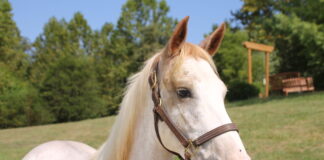There may be times when the adventurous side of you yearns for exciting new trails—and that may mean choosing to ride on trails that have been designed for more than just horses. Depending on your chosen location and the time of year, you and your horse might find yourself trail riding on a multi-use trail, which means sharing the trail with hikers, dogs, ATVs, bicycles, hunters, and more.
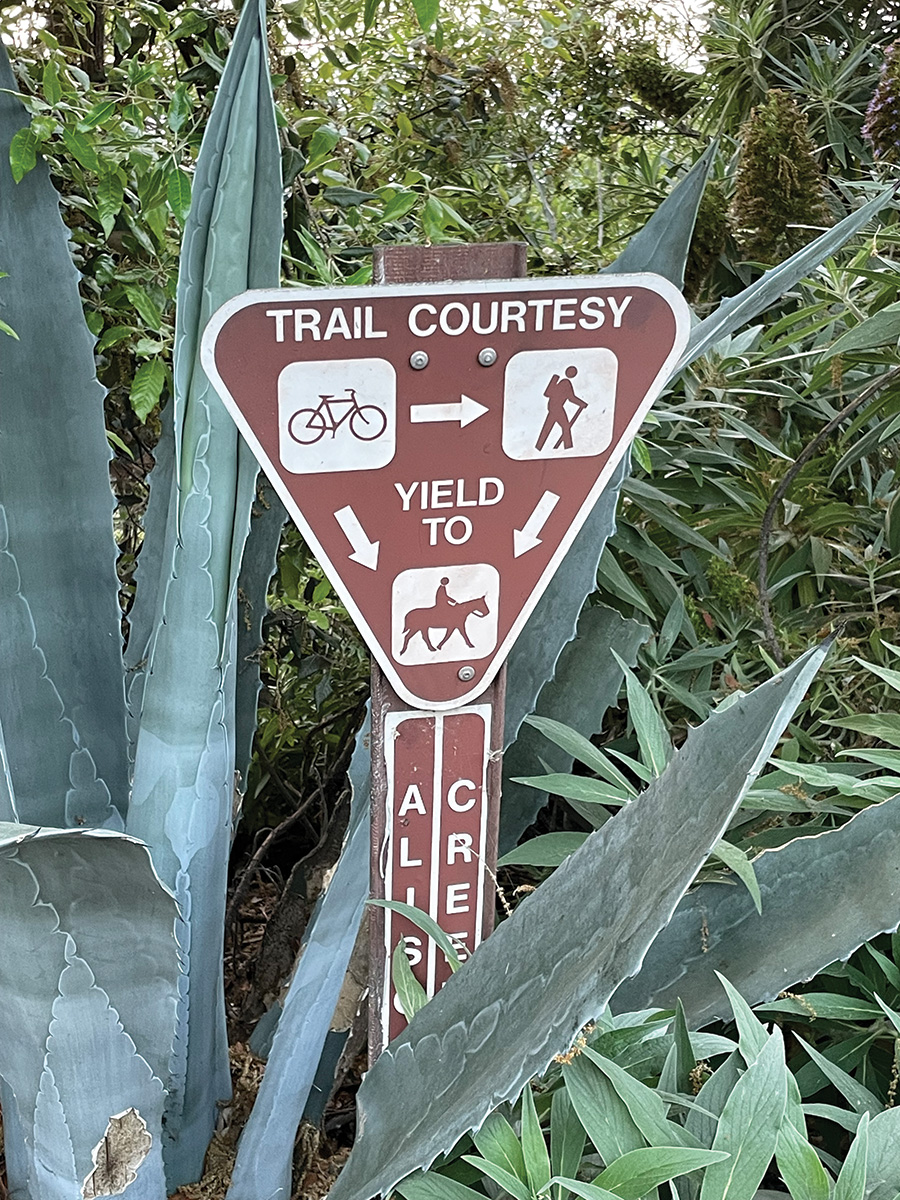
Acclimate at Home First
Think about all the practice and training you and your horse put into preparing for a class at a show: mastering that lead change, working on collecting, nailing a jump distance. You wouldn’t dream of tackling one of these skills for the first time in front of the judge.
It’s really no different with trail riding. Even though it may seem like a simple, low-pressure environment, you really need to employ the same “training-first” mindset to ensure enjoyment and safety for you and your horse. This includes preparing for whatever you and your horse may encounter while riding on a multi-use trail.
Try Equestrian-Only Trails
See if you can get your horse out of the arena and away from the familiarity of his everyday environment while still in a horses-only situation. Maybe this involves riding in a pasture your horse doesn’t normally access, or riding on some other part of your own property where the setting is unfamiliar but where possible surprises are limited.
Finally, you could experiment with trailering your horse to equestrian-only trails in your area, if they exist.
In any case, the idea is to make sure your horse is calm on the trail in normal circumstances before adding the possibility of encountering other trail users.
Ride with another seasoned trail horse and friend (or more than one!) and let them take the lead, which will help give your horse confidence.
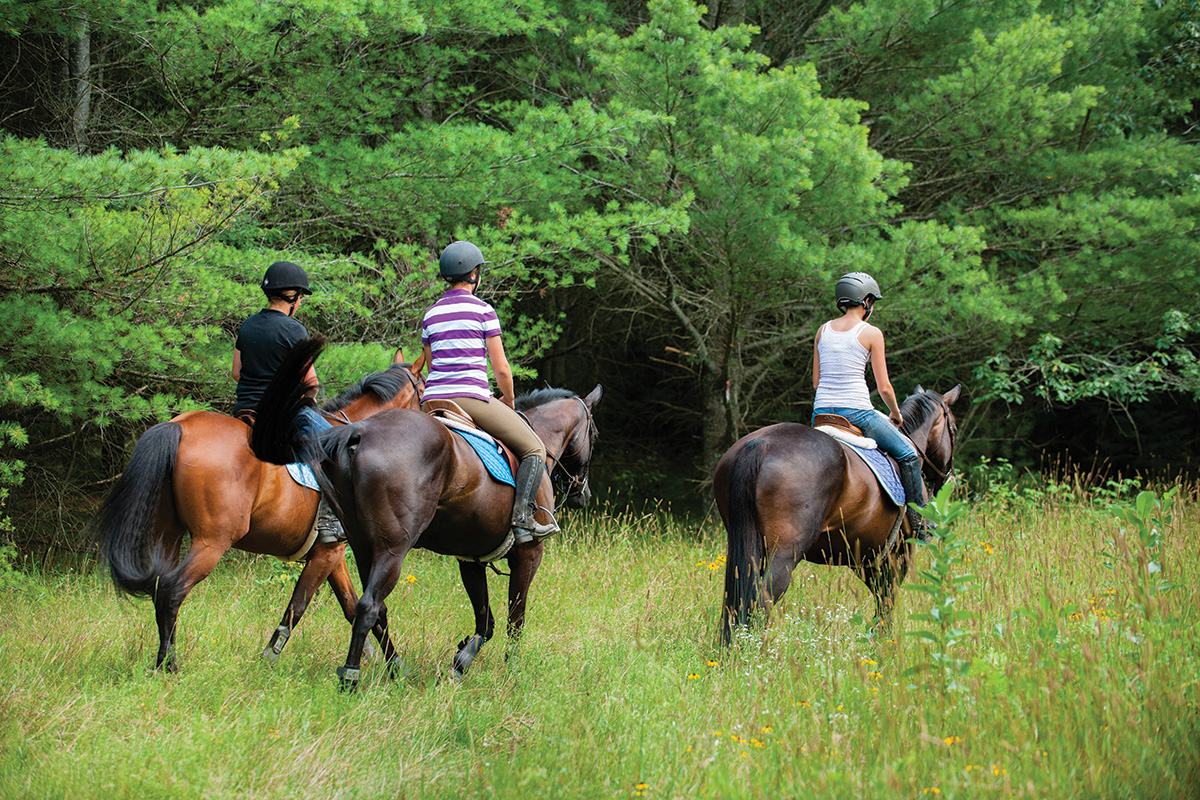
ATVs and UTVs
ATVs and UTVs are naturally a spooking hazard for horses. Not only are they loud, but the engines on these machines also tend to accelerate rapidly from low to high RPMs, creating a startling noise. The good news is you can work to desensitize your horse ahead of time by exposing him to these sights and sounds in a safe, controlled environment.
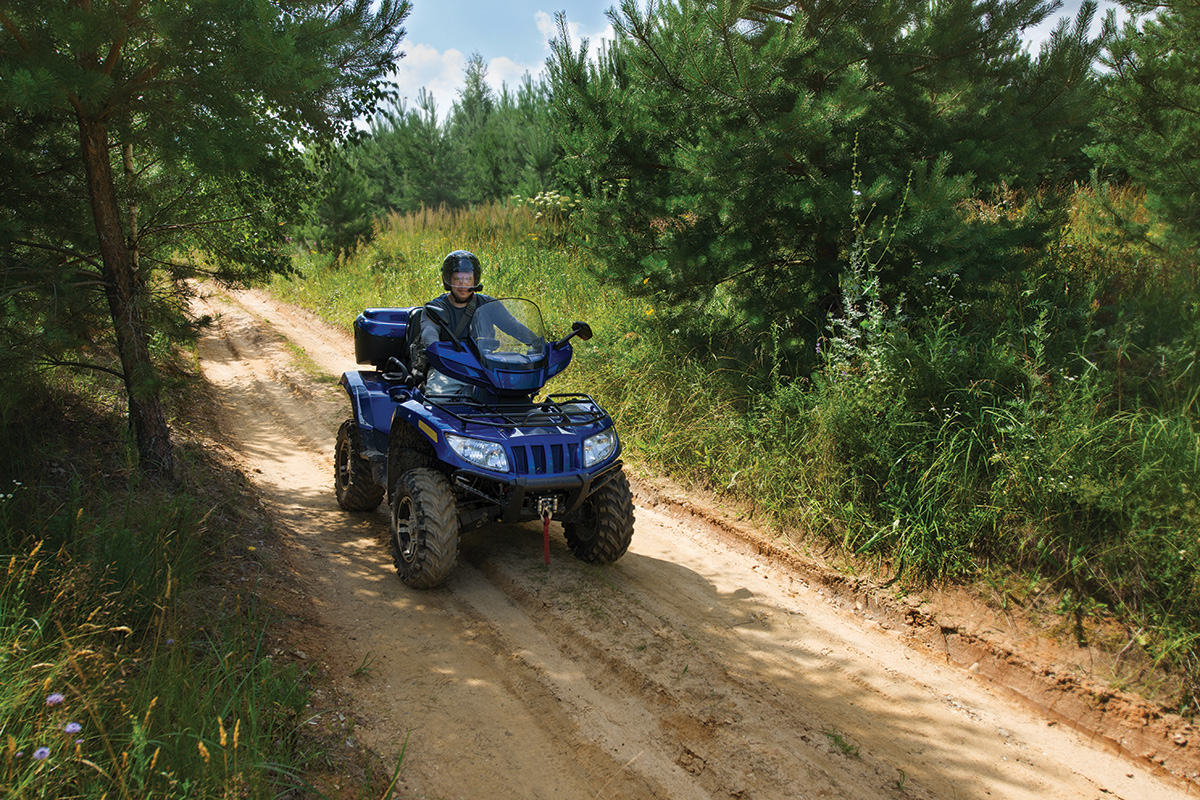
Once on the trail, if you hear a machine approaching, try stopping, moving as far as you safely can to the side of the trail, and then waiting for the ATV/UTV to either pass or stop and yield to you.
You may wish to forgo trails that are heavily used by ATVs or UTVs. In addition to the noise and action, these trails may become worn or muddy from heavy use, especially during spring or autumn transitional seasons.
Bicycles
At first glance, it might seem like it would be easier to share the trail with cyclists than ATVs—after all, bicycles make far less noise. But some bikers reach very high speeds on a trail, and the lack of noise prior to their arrival may give you and your horse less time to react and prepare, especially around bends in the trail. Such a situation could really trigger the predator flight response in your horse.
Newer electric bikes are gaining in popularity, and you may start seeing them on trails. Although they have some motor noise to warn you they are coming, e-bikes move much quicker than traditional bicycles, and may surprise both you and your horse.
Again, desensitizing at home is wise, especially if the trail you are using is popular with cyclists. Communication with the cyclists can also be key (see below).
Hunters
If your trail of choice winds through rural areas or even crosses into wilderness regions, it’s quite possible you’ll find yourself sharing it with hunters of all sorts. Some of these you may never see or hear; the only indication of their presence may be a parked vehicle or ATV.
Others may have a more visible presence; you and your horse may see orange- or camo-clad hunters out enjoying nature the same way you are, moving in and out of the trail.
A good plan is to do your research. What hunting seasons are open in the area where you plan to ride? This information is easily obtained from your state’s Department of Natural Resources website and can have a meaningful impact on your plans.
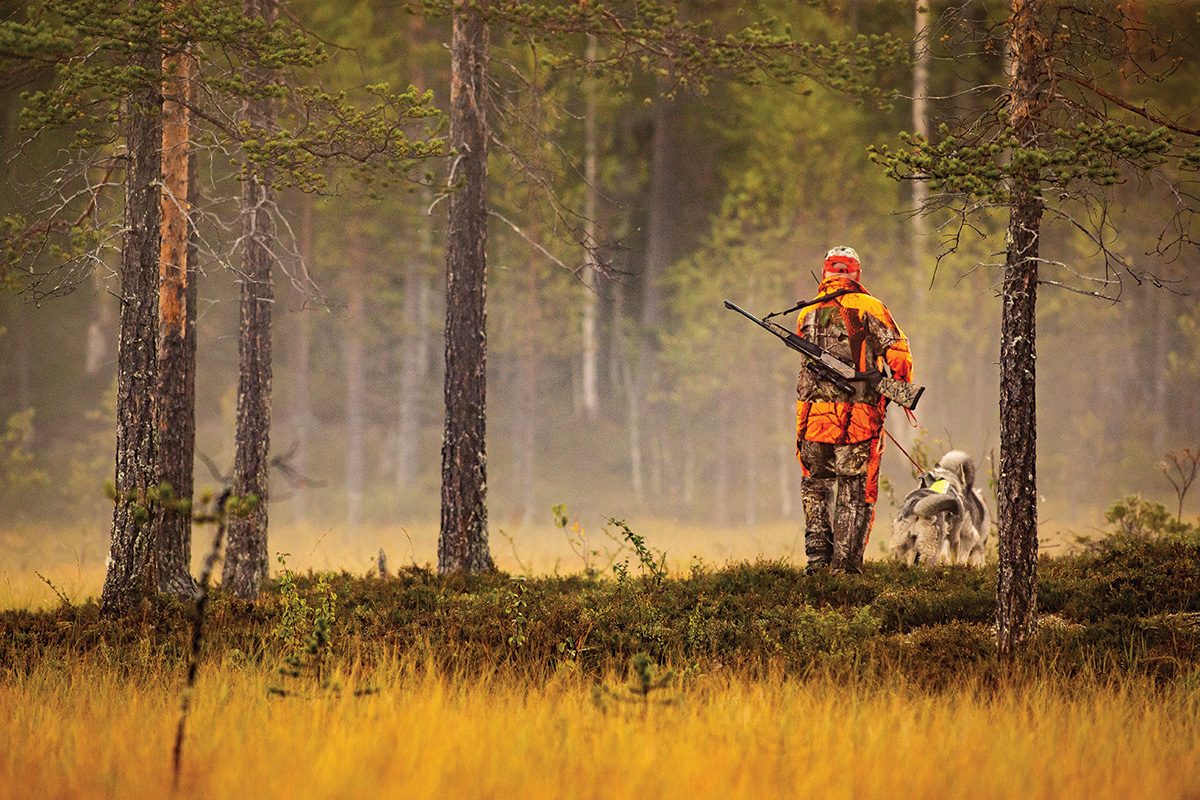
Depending on the region, some hunting seasons for specific species are long and rather low-key, attracting few hunters and spreading out the action so that no one weekend is busier than another.
Other hunting seasons may be short and intense, attracting large numbers of hunters and creating plenty of trail traffic. You might wish to adjust your riding schedule to avoid the most popular hunts in a particular region. Again, it’s all about respecting other users of the trail and trying to work with everyone.
There’s also the matter of gunshots; responsible hunters won’t be using firearms when at close range to the trail, but the sound of a gunshot naturally carries a good distance. If your horse is particularly spooky about loud noises, it might be another thing to work on in training.
Dismounting if Needed
If something unusual is happening or your horse seems worried, you may want to consider dismounting until the situation has passed. It all depends on the comfort level of you and your horse, but you can certainly keep dismounting in mind as a safety option in some situations.
Communicate with Other Trail Users
Remember that other users of the trail probably aren’t horse people. Their horse-startling behaviors, such as revving an engine or suddenly moving a “scary” object, probably aren’t intended to be discourteous.
Along with putting in training time, you have a responsibility to explain what you need to other trail users when you come upon each other. The following are some examples of dialogue that help put everyone at ease:
“My horse is a little skittish about your ATV; if you could just slowly and quietly pass, or shut off your machine and I’ll pass you.”
“I think my horse is a little afraid of your hiking backpack, so if you could just talk softly as you pass it will help put him at ease.”
“Good morning, would you mind putting a leash your dog until I pass with my horse?”
Most people will be happy to comply with requests like these, and such dialogue encourages cooperation so that everyone can enjoy the trail.
Be Courteous
Also remember that people might be intimidated by your horse. It’s easy to forget that not everyone spends time around 1,200-pound animals regularly, so a passing hiker or cyclist may feel unsure.
Good communication etiquette is helpful here as well. Be courteous and friendly. Technically, other trail users must always yield to equestrians, but there may be plenty of situations where it simply makes more sense to stop your horse and let the other trail users pass.
Also, be sure to clean up after your horse; the next non-horsey hiker or cyclist will thank you. And you may want to avoid riding on soft trails after rainstorms where your horse will leave significant divots from his footprints.
Just like safe driving means being responsible and working with others on the road, sharing a multi-use trail safely just requires some planning and effort on your part, along with a little caution. There’s no reason that multiple types of recreation can’t take place simultaneously.
Happy trails!
This article about riding horses on multi-use trails appeared in the August 2023 issue of Horse Illustrated magazine. Click here to subscribe!




